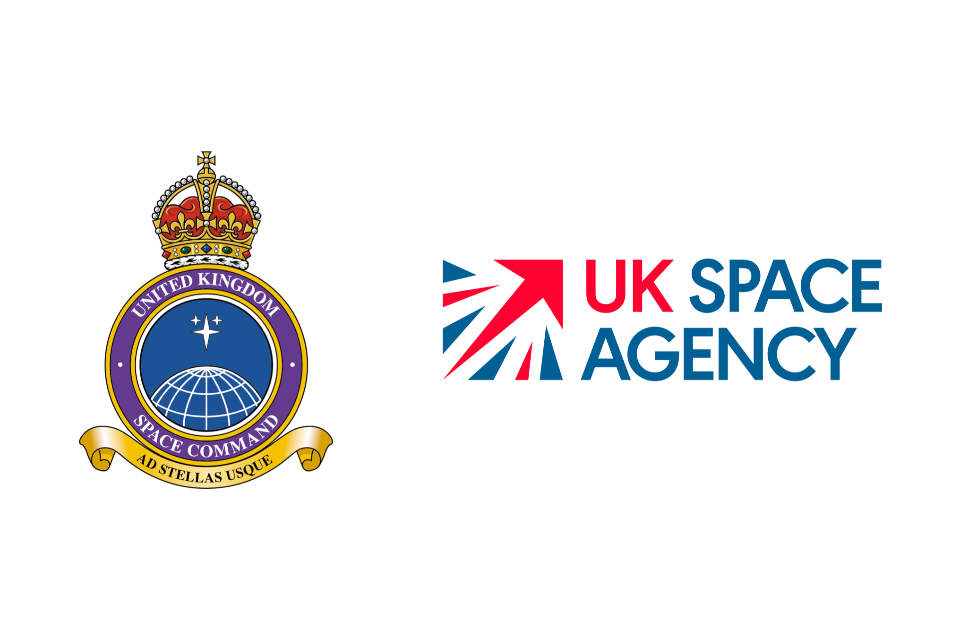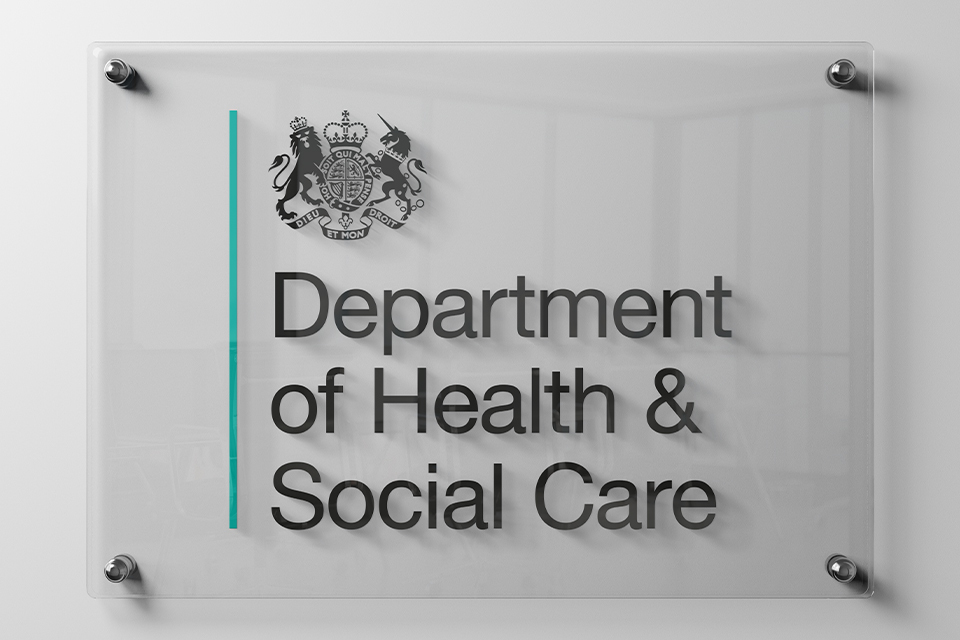August saw reduced levels of space activity with both uncontrolled re-entry and collision alerts at levels below the 12-month rolling average.
All NSpOC warning and protection services were functioning throughout the period.
Re-entry Analysis
August saw a 35% decrease in the number of objects re-entering Earth’s atmosphere, tracked by NSpOC, when compared with the previous month.
Of the 34 objects that re-entered, 32 were satellites and two were rocket bodies.
September 50, October 35, November 47, December 83, January 115, February 129, March 85, April 92, May 64, June 55, July 52, August 34
In-Space Collision Avoidance
Collision risks to UK-licensed satellites were lower in August with a 6% decline when compared with July, caused by fewer interactions between UK-licensed objects and other spacecraft or debris over the previous 30 days.

September 3,041, October 3,181, November 2,722, December 2,142, January 2,694, February 2,567, March 2,588, April 2,620, May 1,546, June 1,259, July 1,038, August 971
Number of Objects in Space
The in-orbit population increased in August, with a net addition of 151 objects to the US Satellite Catalogue.

September 29,706, October 29,714, November 29,873, December 29,924, January 30,052, February 30,083, March 30,177, April 30,305, May 30,556, June 30,883, July 31,094, August 31,245
The number of Resident Space Objects (RSOs) reported may be subject to small adjustments over time as the way objects are tracked is refined. Figures in this report reflect the most current available data and may differ slightly from those published in previous months.
Fragmentation Analysis
There have been no new fragmentation (break-up) incidents this month.
Space weather
Space weather activity was slightly elevated in August compared with a quiet month in July.
The National Space Operations Centre combines and coordinates UK civil and military space domain awareness capabilities to enable operations, promote prosperity and protect UK interests in space and on Earth from space-related threats, risks and hazards.






